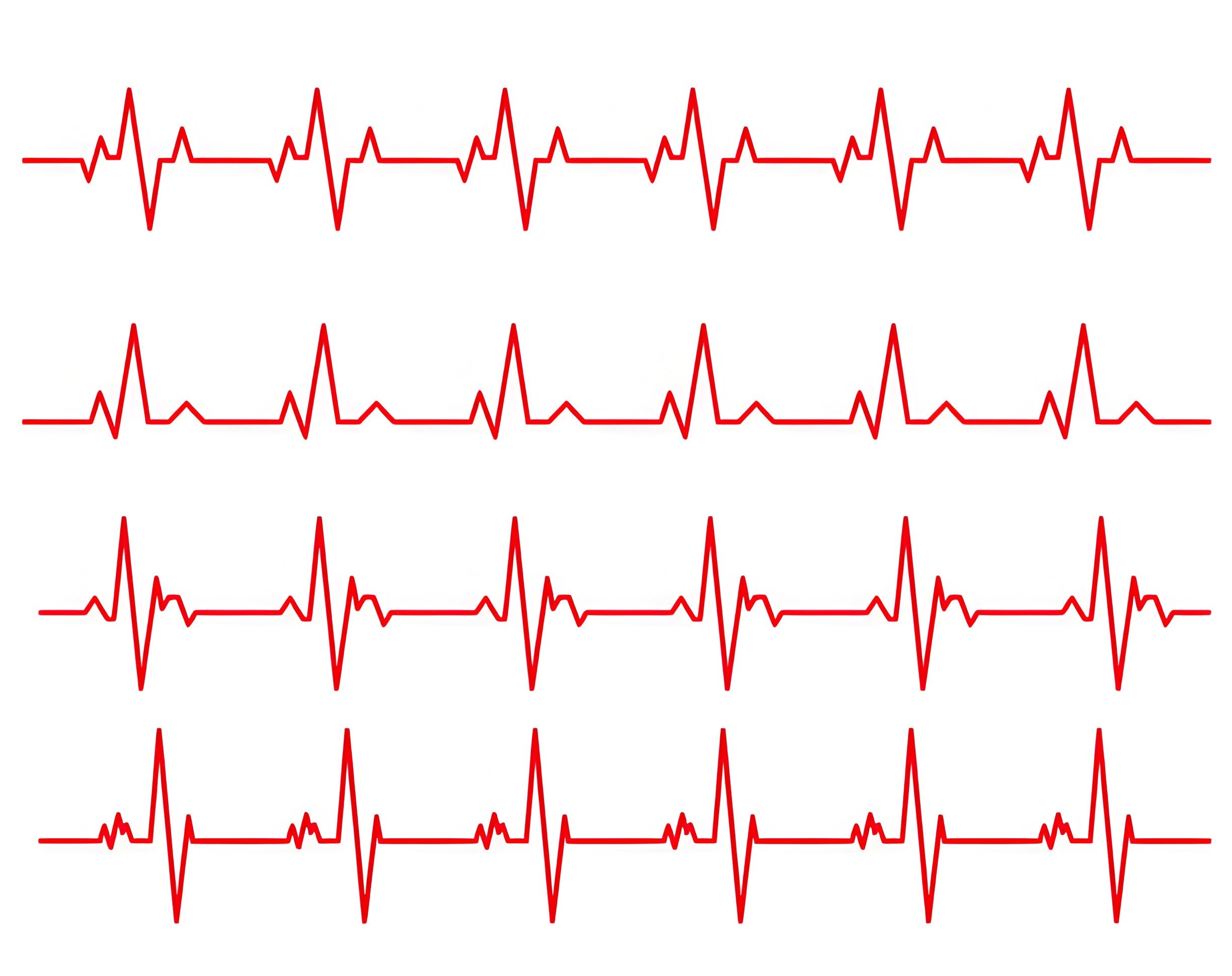
Updated on: June 2, 2024
Some kinds of tachycardia are challenging to identify and treat. A broad QRS (or wide QRS) complex is also known as a broad QRS tachycardia. Wide-complex tachycardias are seen in two general forms: monomorphic and polymorphic. These differ from other tachycardia mechanisms in shape, width, and consistency. The treatment depends on the electrophysiology and the condition of the patient. Keep reading to explore more about polymorphic versus monomorphic ventricular tachycardia.
There are several symptoms that tachycardia might present. Such symptoms include shortness of breath, dizziness, an altered mental state, and more. It is first essential to determine the cause of tachycardia by assessing the physiological changes. As the heart rate exceeds 150 per minute, patients often tend to show symptoms. It is crucial to offer immediate treatment during hemodynamic instability.
If treating immediate causes is unsuccessful, the ethics could be due to serious causes. Such causes include myocardial dysfunction, serious electrolyte imbalances, congenital cardiac conditions, and side effects resulting from therapeutic drugs.
The examination of the QRS pattern helps in assessing the type of wide QRS tachyarrhythmia the patient is experiencing.
Monomorphic VT:
Monomorphic ventricular tachycardia has QRS complexes that are greater than or equal to 12 seconds (120 milliseconds). These complexes are symmetrical as well as uniform. Thus, the impulses or circuitry of the heart leads to complexes originating in the same area of the ventricle.
Polymorphic ventricular tachycardia
Polymorphic VT has QRS complexes that are greater than or equal to.12 seconds (120 milliseconds). QRS complexes might appear wider or higher as compared to monomorphic. As the electrical impulses and circuitry for VT originate in several locations within the ventricles, the QRS morphology will be asymmetrical.
The treatment for these forms of broad QRS tachycardia needs an assessment of the patient’s condition and the appearance of the QRS. On assessing the QRS, the treatment options are determined by several series of decisions that are covered in the algorithm.
Check whether it is stable or unstable
First, determine whether the patient is stable or unstable. If it is unstable, then it ranges from signs of inadequate perfusion to no cardiac output. Patients who are not stable and are unstable due to arrhythmia must receive immediate counter-shock. Do not waste any time terminating a life-threatening arrhythmia.
Find the symptoms
If the patient is not stable, you must determine whether the symptoms are due to tachycardia or any other underlying condition. Hence, monitor the airway of the patient and check the status of oxygenation. Present the right equipment if a patient develops the need to support the respiratory and/or oxygenation levels.
Stable, broad QRS tachycardias
If a patient is stable, then you must administer oxygen as soon as possible. Additionally, if the condition is unstable, then make sure you perform an emergency cardioversion.
Electrical cardioversion
While treating broad QRS tachycardias, use the ‘synchronized’ version of cardioversion. Therapeutic energy is released when the device senses a QRS complex. This is to avoid the ‘relative refractory period’ of the cycle while reducing the induction of ventricular fibrillation. This is more efficient when the hearing rate is less than 150 beats per minute.
If the use of synchronized mode leads to a delay in electrically converting a patient with a life-threatening and unstable arrhythmia, then deliver the therapeutic shock with the help of an unsynchronized mode.
Refer to the recommendations and determine the recommended energy settings. The broad QRS and regular arrhythmias need lower therapeutic energy. On the other hand, irregular rhythms need more energy to achieve successful conversion. When the attempted cardioversion leads to ventricular fibrillation (VF), then it is mandatory to perform immediate defibrillation. If the synchronizer circuit gets activated, make sure to turn it off and deliver an immediate countercheck. Deliver this with the help of appropriate therapeutic energy.
For stable patients, consider adenosine to rule out VT versus broad QRS supraventricular tachycardia (SVT). When the adenosine converts the arrhythmia, then it is not VT.
Here are the doses recommended:
Monomorphic and polymorphic broad QRS tachycardias tend to occur frequently. It is crucial to understand polymorphic versus monomorphic ventricular tachycardia. However, these share a commonality in patients with an unstable response that is needed for arrhythmia, including immediate electrical termination. The diagnosis of SVT versus VT is made by a cardiologist-electrophysiologist in the lab.